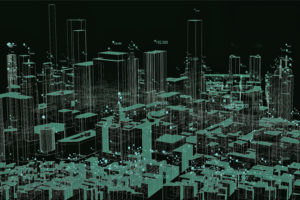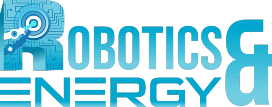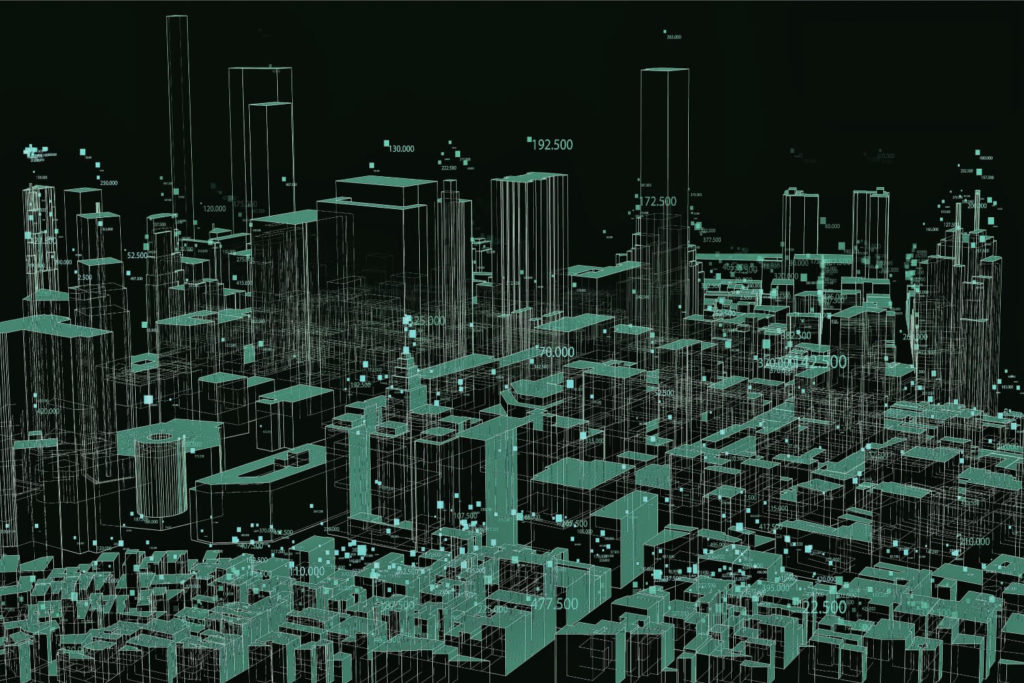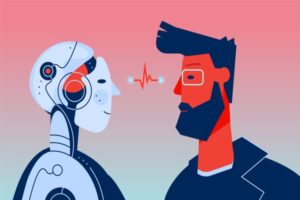In big urban cities where a lot of action is going on, much effort is needed to keep things functioning and maintained. Traffic lights, surveillance cameras, basic services. But most cities have a steady rising population and they have to cope with ever increasing traffic density, energy consumption, water consumption, pollution, garbage collection. The list goes on…
With the technology in hand, we are able to build smarter cities improving all their operations. For example, smart traffic light systems with cameras monitoring the traffic changing the lights to the advantage of the vehicles that would otherwise stand on a red light whilst passing nobody. Maybe smart garbage collecting systems with autonomous underground pipes. The essential part in this is, of course, the installation of sensors and cameras, for instance to monitor and collect data on traffic to be able to regulate it in a smarter way. Then all of the sensors need to be inter connected by a strong communication utility, such as 5G. Then all this data needs to be sent and stored on the cloud or some data center. One way or the other, the final thing is a robust computer to analyze all of the data, report critical information to the relevant authorities and calculate statistics prediction and prepare solutions that will influence the decision making. data is essential for a smart city. So data security is on top priority. These data centers automatically become very vulnerable.
However, this also raises the concern about whether or not to allow government bodies to use this data and where do we draw the line between using the data for the safety of the public and becoming a surveillant state like China. The answer lies within our trust in those who are responsible for the data management solutions, and who owns the data; whether it’s Hi-Tech companies, government bodies or the citizens.
Smart grid and energy production efficiency improved with Intel’s sensor and energy monitoring systems. That is to both make energy production smart and efficient and reduce its consumption.
Even smart cities today like Dubai have a mobile app that allows its citizens to use the city’s services like call a taxi or pay the electric bill.
Barcelona installed so-called ‘smart street lights’ that adapt to the activity happening in the streets and roads. They are saving millions of dollars in electricity by simply implementing a sophisticated way to turn the lights on only when a vehicle is present.




